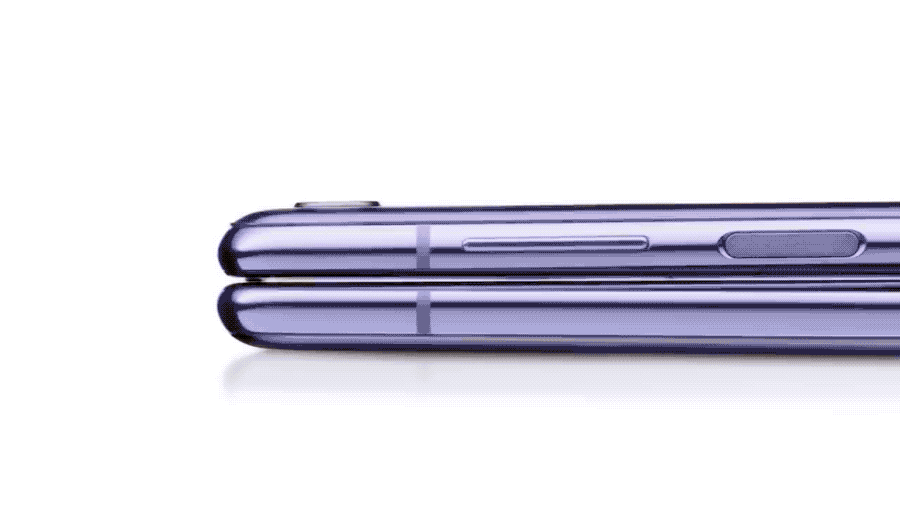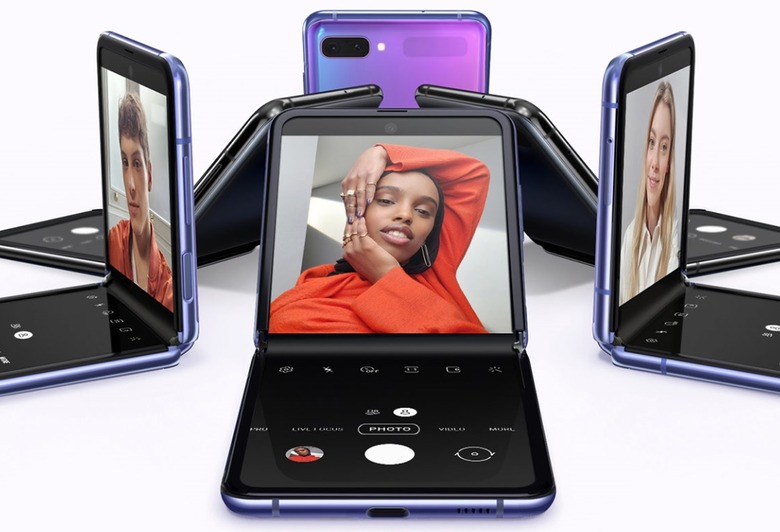Galaxy Z Flip's Best Feature Might Fix The Worst Thing About Foldable Phones
Each new foldable phone that launches proves the technology just can't match our imagination right now. We want these things to be ultraportable smartphones with big, durable screens, and we want them to be affordable. The foldable phones we've seen so far can't meet all those demands.
Most of them are bulky when folded, and most of them have durability issues that affect the two components that turn a regular phone into a foldable: the hinge and the display. Smartphone makers have already developed plenty of innovations for both components, but more work is needed. The Motorola Razr and Galaxy Z Flip prove that foldables aren't nearly as durable as we want them to be. We have reasons to question the hinge of the Razr, and the phone's display can peel off, apparently. On the Flip side (see what we did there?), the hinge isn't as dust-resistant as we thought, and the screen can scratch because it's plastic, not glass.
However, the Z Flip is the first phone to feature a foldable glass display, and that exact same screen might be used in foldable handsets made by some of Samsung's rivals. Even though the Ultra Thin Glass display that Samsung uses on the Galaxy Z Flip is incredibly thin and, therefore, incredibly fragile, glass is still better than a polymer screen. And Samsung is looking to sell its UTG displays to other OEMs.
Samsung Display is the manufacturer of UTG glass, and a Yonhap report via The Korea Herald reveals more details about Samsung's foldable glass screen. The display is just 30 micrometers thick and can be mass-produced for various foldable devices, according to the report. The screen is more durable and scratch-resistant than plastic layers and can withstand at least 200,000 folds, Samsung said.

Earlier this week, Samsung had to deal with the first Z Flip controversy because of that UTG display. Users discovered that the screen scratches as easily as plastic, prompting Samsung to make it clear that the glass screen comes with a plastic cover on top to prevent additional damage.
So, while the UTG glass is more scratch-resistant than foldable plastic displays, you won't be able to take advantage of the feature. But considering that polymer screens like the Galaxy Fold's are also covered by the same plastic protector, the Z Flip's UTG display is still a better solution.
The Galaxy Fold 2, expected to launch in the second half of the year, is also expected to ship with a UTG screen. It's unclear what other foldables will make use of Samsung's innovation. Huawei will soon unveil the Mate XS successor, several reports have claimed. Other smartphone makers from China have also demoed foldable devices in the past, but there's no sign they'll launch such devices in the near future.
